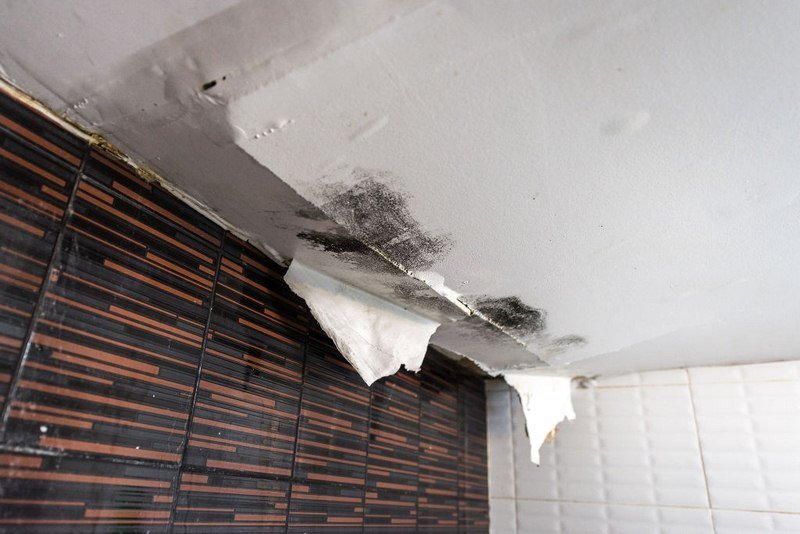Unveiling the Primary Sources of Water Leaks Within The House
Unveiling the Primary Sources of Water Leaks Within The House
Blog Article
What are your thoughts concerning Common Water Leaks In House?

Leaks not only cause waste of water however can additionally create unnecessary damages to your home and promote unwanted organic growth. Water leaks might go undetected considering that many of the pipework in our house is hidden. By recognizing and looking for day-to-day situations that trigger leakages, you can shield your home from future leakages and unnecessary damage. Today, we will check out 6 leakage triggers that might be triggering your pipelines to leak.
Instant temperature changes.
Severe temperature level changes in our pipelines can create them to increase and also get unexpectedly. This growth and contraction might cause splits in the pipelines, particularly if the temperature are below freezing. It would certainly be best if you kept an eye on how your plumbing works. The visibility of the formerly stated conditions often suggests a high risk.
Corroded water supply
As time passes by, your plumbing system ages and also rust such as rust may begin eating away the pipelines. This could be the source of discoloration or bending on your water pipes. This asks for an assessment with your plumber quickly. Consider changing the pipelines given that they are at a higher risk of rust than the newer versions if our plumbing system is old.
Faulty Pipeline Joints
Pipeline joints can deteriorate over time, resulting in water leakages. If you have loud pipelines that make ticking or banging sounds, specifically when the warm water is transformed on, your pipeline joints are probably under a whole lot of stress.
Encroaching roots
A lot of water leaks begin outside your home rather than inside it. If you see an abrupt reduction in water stress, claim in your tap, take some time to head out and analyze your yard. You may see wet patches or sinkholes in your yard, and that could suggest that tree roots are invading water lines causing water to permeate out. You can have your plumber check for intrusion, specifically if you have trees or bushes near your home.
Poor Water Connectors
At times, a leak can be caused by loose hoses and also pipelines that provide your devices. In case of a water connections leak, you may notice water running directly from the supply line or pools around your home appliances.
Blocked Drains
Obstructed drains pipes might be irritating and also inconveniencing, but they can occasionally end up creating an overflow resulting in rupture pipelines. Keep removing any type of products that may decrease your drains pipes that could block them to avoid such troubles.
All the above are causes of leakages however not all water leaks arise from plumbing leakages; some leakages might originate from roof leaks. All leakages should be repaired right away to prevent water damage.
Leakages not just trigger waste of water however can also trigger unneeded damages to your home and promote unwanted organic development. By looking and comprehending for everyday circumstances that trigger leaks, you can protect your house from future leaks as well as unnecessary damages. Today, we will look at 6 leak triggers that may be creating your pipelines to drip.
At times, a leakage can be caused by loose hose pipes and also pipelines that supply your appliances. In case of a water connections leakage, you may notice water running straight from the supply line or puddles around your home appliances.
How To Check For Water Leak In Your Home
How To Check for Leaks
The average household's leaks can account for nearly 10,000 gallons of water wasted every year and ten percent of homes have leaks that waste 90 gallons or more per day. Common types of leaks found in the home are worn toilet flappers, dripping faucets, and other leaking valves. These types of leaks are often easy to fix, requiring only a few tools and hardware that can pay for themselves in water savings. Fixing easily corrected household water leaks can save homeowners about 10 percent on their water bills.
To check for leaks in your home, you first need to determine whether you're wasting water and then identify the source of the leak. Here are some tips for finding leaks:
Take a look at your water usage during a colder month, such as January or February. If a family of four exceeds 12,000 gallons per month, there are serious leaks.
Check your water meter before and after a two-hour period when no water is being used. If the meter changes at all, you probably have a leak.
Identify toilet leaks by placing a drop of food coloring in the toilet tank. If any color shows up in the bowl after 10 minutes, you have a leak. (Be sure to flush immediately after the experiment to avoid staining the tank.)
Examine faucet gaskets and pipe fittings for any water on the outside of the pipe to check for surface leaks.
Undetected water leaks can happen without the home or business owner even realizing. If you suspect a water leak, but not able to find the source. It is time to contact a professional water leak detection service, The Leak Doctor.
How To Find a Water Leak In Your Home
https://www.leakdoctor.com/blog/How-To-Check-For-Water-Leak-In-Your-Home_AE197.html

We had been shown that write-up about How to detect water leaks in your home from an associate on a different web property. Do you know about another individual who is very much interested in the subject? Feel free to promote it. Bless you for your time. Visit again soon.
Schedule Today Report this page